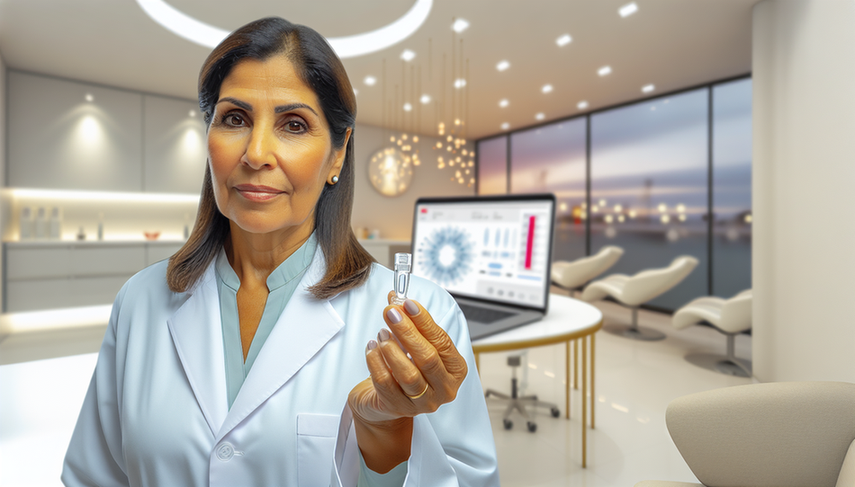Salivary Biomarkers: Non-Invasive Diagnosis and Rapid Point-of-Care Tests for Medical Professionals

The quest for non-invasive diagnosis methods has led the medical community to explore the use of saliva as a rich source of salivary biomarkers. Saliva, being easy to collect and not requiring invasive procedures, presents a promising alternative for point-of-care diagnosis, enabling rapid tests that are effective for a variety of medical conditions.
Diving Deeper into the Use of Salivary Biomarkers
Advancements in technology have facilitated the development of devices that utilize saliva to detect diseases quickly and accurately. An example is the use of salivary microRNA (miRNA), which have proven useful in diagnosing diseases such as cancer and neurodegenerative disorders. These miRNAs are crucial in regulating gene expression, and their detection in saliva offers a non-invasive method for early diagnosis.
Another significant advancement is the development of sensors for the detection of α-synuclein in saliva, a promising biomarker for Parkinson's disease. Devices like aptasensors allow for the rapid and painless quantification of α-synuclein levels, which is critical for managing this neurodegenerative disease.
Furthermore, the detection of viral proteins such as the NS1 protein from the dengue virus in saliva has shown effectiveness for early diagnosis of infections, providing an alternative to blood-based tests that are more invasive and less accepted by patients.
Conclusions
The use of salivary biomarkers for non-invasive diagnosis and rapid point-of-care tests is revolutionizing the way we approach disease diagnosis. The ease of saliva collection, combined with advanced detection technologies, allows for more accessible and less invasive diagnostics, thereby improving patient experience and healthcare system efficiency. However, it is crucial to continue research to overcome current challenges, such as the standardization of saliva collection and sample processing, to ensure reliable and reproducible results in clinical practice.
Referencias
- [1] Sample-to-answer salivary miRNA testing: New frontiers in point-of-care diagnostic technologies.
- [2] Non-invasive Monitoring of α-Synuclein in Saliva for Parkinson's Disease Using Organic Electrolyte-Gated FET Aptasensor.
- [3] Salivary Detection of Dengue Virus NS1 Protein with a Label-Free Immunosensor for Early Dengue Diagnosis.
Created 24/1/2025
